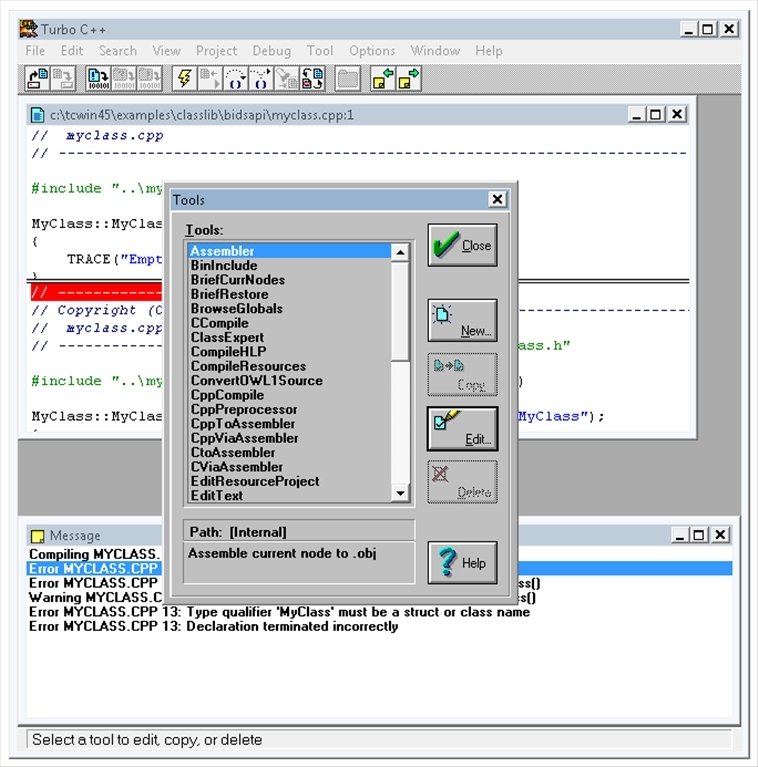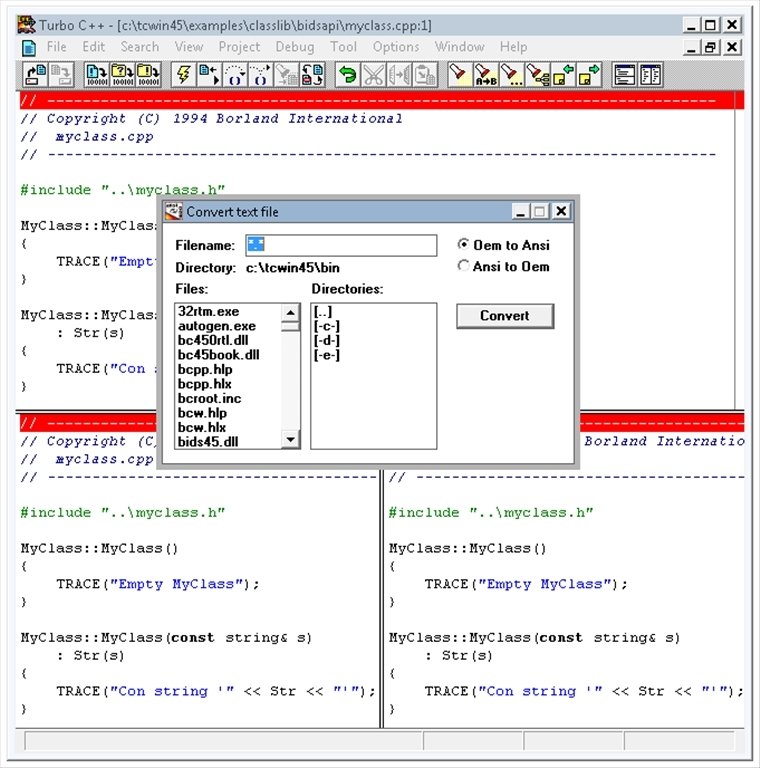

- Start oracle 19c full#
- Start oracle 19c windows 10#
- Start oracle 19c software#
- Start oracle 19c windows#
You can also to enable the archiving of database online redo log files, which Oracle uses to recover a database with the “Enable archiving” option.Ĭonfiguring a listener is mandatory if you want to access your database remotely. It is a location in which Oracle Database can store and manage files related to backup and recovery.Ĭheck “Specify Fast Recovery Area” to specify a backup and recovery area and its directory location, file storage type and size. In fact, it allows you to recover your data if a system failure occurs. The fast recovery is an essential component of your database. Oracle-Managed Files (OMF) option: Oracle Database will directly manage operating system files comprising an Oracle database.Automatic Storage Management (ASM) option: you place your data files in Oracle Automatic Storage Management (Oracle ASM) disk groups.
 File System option: your operating system will manage your database files. If you want to specify your own location to store database files select “Use following for the database storage attributes” option. With this option, you need to choose how the database files will be managed: You can customize the database storage options in different ways. Make sure your select “Use template file for database storage attributes” and click “Next”. If you want to create a multitenant container database (CDB), then check Create as Container Database and specify the number of pluggable databases the CDB can support. It is created automatically from the global database name. In this step, provide the global database name, something like “ database.domaine_name”. For more information on templates, click on “ View details” next to each template.ĥ. However, you can select the type and template suited to the type of workload your database will support. General Purpose or Transaction Processingįor the database template. In this guide, I use “ Oracle Single Instance Database” and “General Purpose or Transaction Processing” as a template. This step enables you to select the type of database and template to use to create the database. In the following, we use the Advanced configuration mode.
File System option: your operating system will manage your database files. If you want to specify your own location to store database files select “Use following for the database storage attributes” option. With this option, you need to choose how the database files will be managed: You can customize the database storage options in different ways. Make sure your select “Use template file for database storage attributes” and click “Next”. If you want to create a multitenant container database (CDB), then check Create as Container Database and specify the number of pluggable databases the CDB can support. It is created automatically from the global database name. In this step, provide the global database name, something like “ database.domaine_name”. For more information on templates, click on “ View details” next to each template.ĥ. However, you can select the type and template suited to the type of workload your database will support. General Purpose or Transaction Processingįor the database template. In this guide, I use “ Oracle Single Instance Database” and “General Purpose or Transaction Processing” as a template. This step enables you to select the type of database and template to use to create the database. In the following, we use the Advanced configuration mode. Start oracle 19c full#
It allows you to have full control of your database configuration.
in “ Advanced configuration” mode, you can customize storage locations, management options, database options, configuration option, user credentials, etc. in “ Typical configuration” mode, you can set up your database quickly using Oracle prebuilt templates. Select “Create a database” and click “ Next”ĭBCA enables you to create a database with typical configuration or with advanced configuration: Start oracle 19c windows#
execute the following combination: “ Windows + R”, then type dbca.Ģ. run the dbca command from the Windows command prompt. To launch it, you must log into Windows as an administrator and use one of the methods below: The Oracle DBCA tool is available after installing the Oracle 19c software. Create a database in Oracle 19c on Windows step by step 1. 
If you have not yet installed the Oracle software, I recommend you follow this tutorial on installing Oracle 19c on Windows. This guide describes the simple steps to create a database in Oracle 19c with DBCA.īefore you begin, ensure that the minimum requirements are met.
Start oracle 19c software#
You can create an Oracle 19c database during the installation of Oracle software or after installation with the Oracle Database Configuration Assistant (DBCA) tool.
Start oracle 19c windows 10#
Do you want to create a Database in Oracle 19c on Windows Server or Windows 10 step by step? Then this complete guide is for you.







 0 kommentar(er)
0 kommentar(er)
